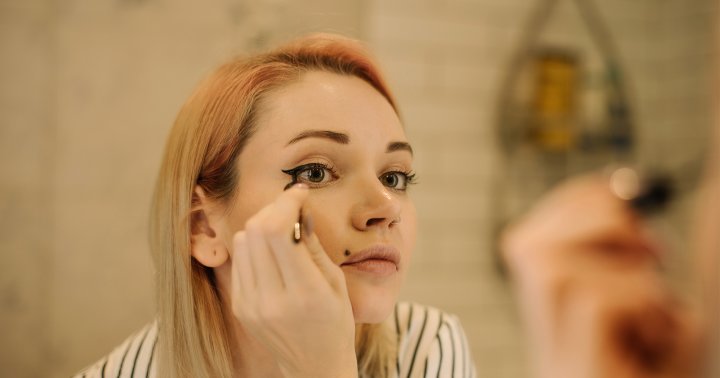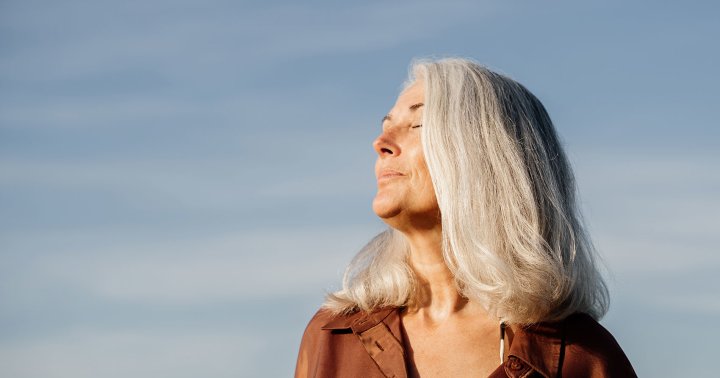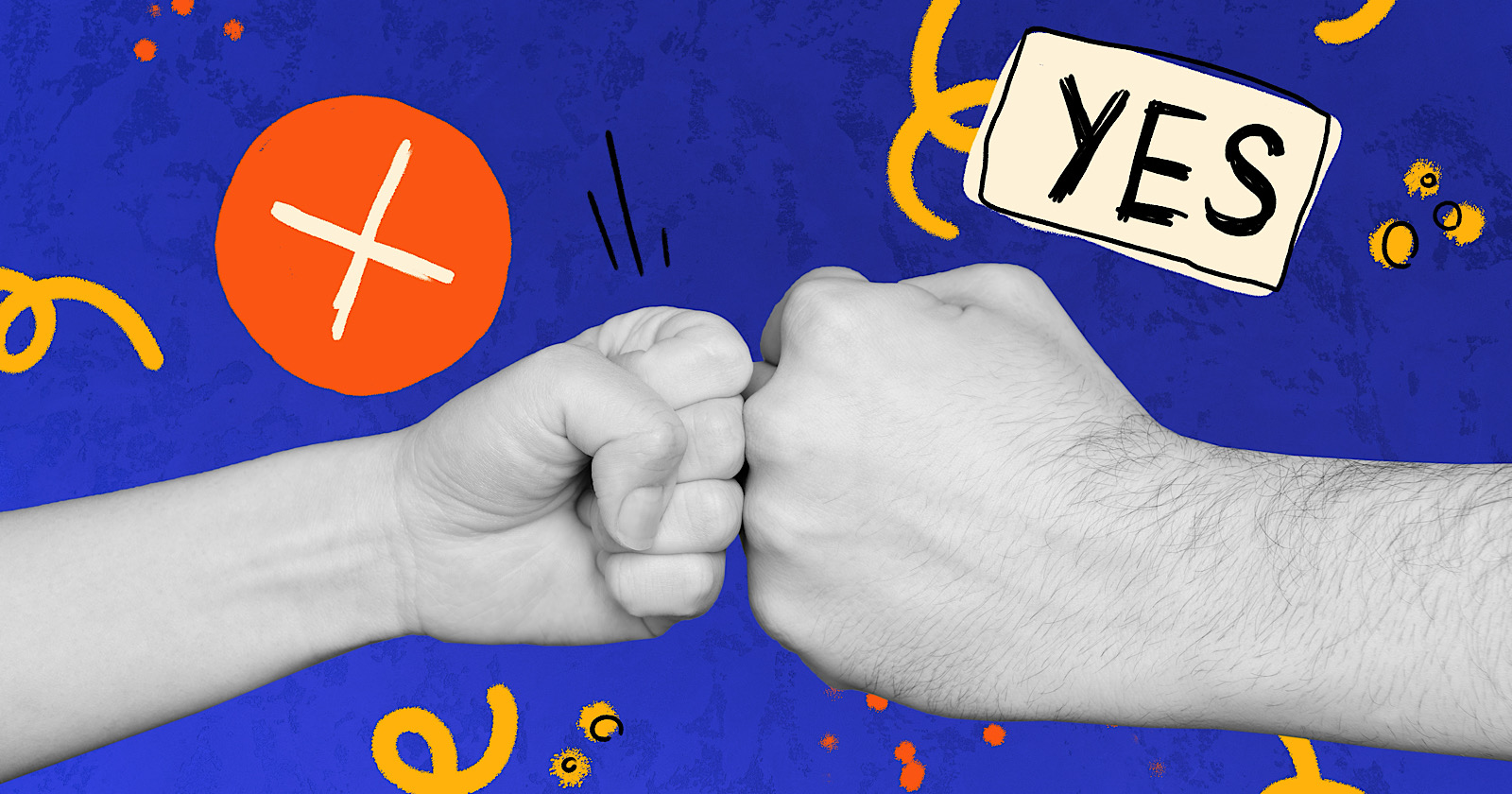Sitting with the Things I Came to Practice to Get Away From
How my spiritual practice deepened when I finally stopped trying to suppress, push away, and deny the pain in my life The post Sitting with the Things I Came to Practice to Get Away From appeared first on Tricycle:...
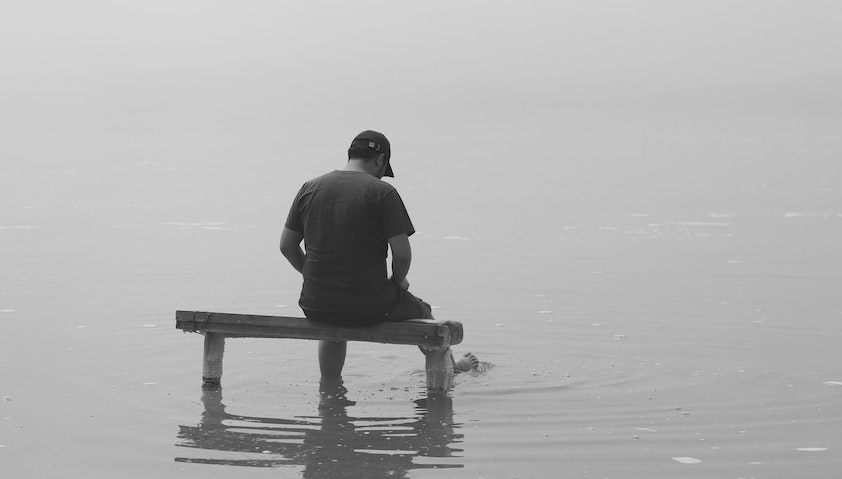
How my spiritual practice deepened when I finally stopped trying to suppress, push away, and deny the pain in my life
By Mark Van Buren Feb 23, 2023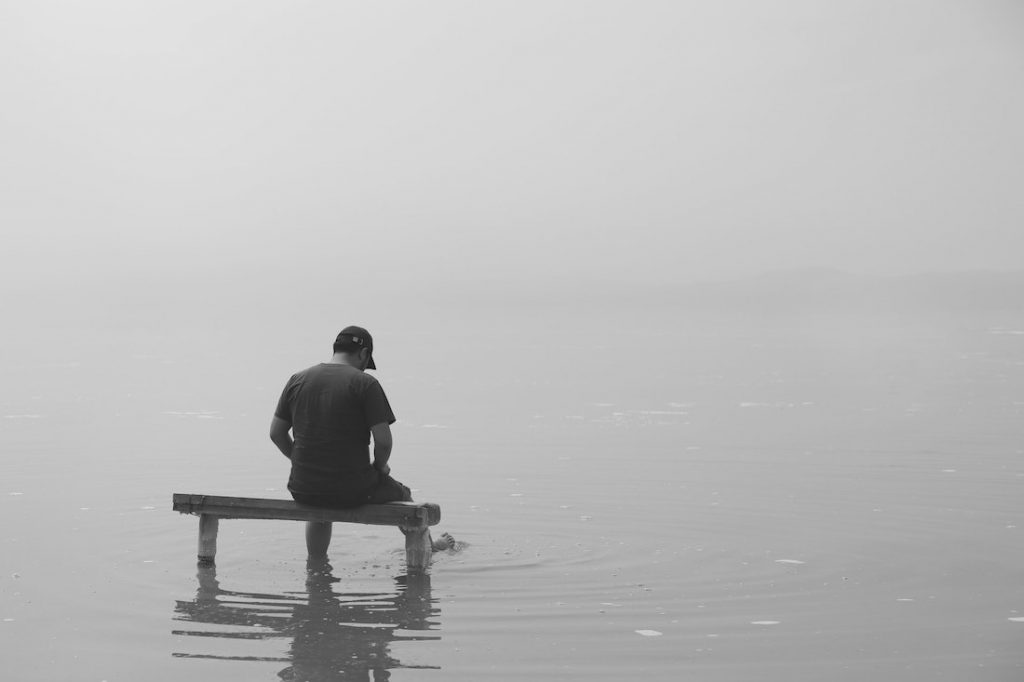 Photo by Hasan Almasi
Photo by Hasan AlmasiFor a good majority of my life, I was a thrill-seeker. I wasn’t a drug addict or alcoholic, but I was definitely addicted to vanity and excitement. I traveled often. I switched jobs and relationships even more often, and I took on new skills and activities just to have something to be excited about. For me, this was simply the norm. I never questioned it. I just unconsciously and habitually lived it. Little did I know that this way of living was driven by a deep desire to escape the pain in my life. It was my inability to be with the intense loneliness, unworthiness, and emptiness I felt inside. It was a way to try and fill this immense gaping hole in my heart that, for so long, I didn’t even realize was there. My life was all thrills and no joy.
At some point in my college years, I began my spiritual journey with meditation and fell to the other extreme. Instead of trying to fill the void, I neurotically and desperately tried to annihilate it. I moved from thrill seeker to self-help junkie. I went to therapy, attended dozens of retreats, read hundreds of books, and sought out teachers that I hoped would somehow “shaktipat” the pain right out of me, leaving me in some blissful, enlightened state. Of course, the practices themselves were pure, but my intentions were not. In fact, they were infused with self-hatred, fear, and aversion. I was like the meditation master Milarepa, who came back to his cave one day after gathering firewood only to find out it was infested with demons. Although he didn’t use thrills to keep them at bay, he did try to chase them away, angrily running around to try and scare them. Just like me, the demons never went away, but actually grew bigger and scarier. When this didn’t work, he sat down and taught them the dharma. This made most of them go away, but the largest and scariest remained. It wasn’t until Milarepa allowed them to be there and offered them his body that they finally left.
While I don’t believe in demons, I do believe Milarepa’s story is true and reveals a truth about our human experience. Perhaps we wake up one day and we feel extremely anxious, or maybe we hear some news that triggers grief or rage to arise within us. Much like Milarepa’s cave, our own inner demons seem to arrive whenever they feel like it. Sometimes we know they’re coming. Other times they simply show up full force without notice. But our practice is not about annihilating them, nor is it about learning some cool mental gymnastics trick or mantra to make them disappear. Rather, it’s about learning how to open fully to our demons, like Milarepa. For our “demons” are actually guides pointing us to our pain and the places within ourselves we have suppressed, denied, or pushed away. They fiercely guide us to the wounds that need to be healed.
Consciously or not, most of us first come to meditation because of some form of suffering, dissatisfaction, or inner demon we are wrestling with. Perhaps we feel something is wrong or missing, or maybe we struggle daily with stress, painful emotions, habitual states of mind, or other addictive behaviors. Whatever it may be, we often naively believe that meditation will somehow offer us a quick and easy way out. We may even convince ourselves (like I did early on in my practice) that there is some sort of enlightened retirement; that after enough hours of meditation, retreats, and reading spiritual books we will end up in some blissful state where all our troubles evaporate away like morning dew. These hopes, fears, and expectations—along with the belief that life ought to feel good all the time—actually block us from developing a mature spiritual practice.
Freedom from our suffering doesn’t mean discomfort and pain come to end, nor does it mean a lifetime (or many lifetimes) of conditioned patterns and habitual karmic momentum magically disappear. Instead, a mature practice offers us a wiser, more spacious way of being with every single thing our life offers—all the 10,000 joys and sorrows—with clarity, wisdom, compassion, balance, and a deep sense of ease. It’s an unshakeable and profound okayness with things as they are.
I once heard a teacher explain that a mature meditation practice is one where we learn to be with the very things we came to practice to get rid of. I believe the first step in this maturity process begins when we finally give up the struggle, quit trying to fight our suffering, and instead begin to consciously allow and explore it with an open and curious beginner’s mind. We aren’t trying to transcend our humanity, but rather learning how to drop into it completely and understand the laws that govern it, so we may navigate through it more wisely.
For me, much like Milarepa, it wasn’t until I started to allow my painful feelings to be there that things finally started to transform. I was able to shift from “How do I get rid of this?” to “How can I learn to be with this?” And rather than treating my difficult feelings like an enemy, I practiced greeting them like an old friend. I’d invite them to sit in meditation with me, go for walks, and even join me at work. This unconditional friendliness allowed me to listen, in a felt way, to the intense longings and sadness I’ve avoided for so long. It was as if I had an open mic night to my heart and soul, allowing anything to come up and express itself, no matter how bad it sounded! And I will say there were some highly unpleasant performers.
Practicing ARK: Awareness, Relaxation, and Kindness
One practice that helped me tremendously during this time was an acronym I created called ARK, which stands for awareness, relaxation, and kindness. The practice of ARK is quite simple. Let’s say you wake up tomorrow morning with a sad, heavy feeling in your body. The first step is awareness. Consciously bring attention to the feeling without any judgements, expectations, or storylines. Drop everything and come into your body exactly as it’s feeling. Try and ground yourself in an embodied awareness. In other words, don’t observe the experience of heaviness as if it were far away from you but rather feel it and hold it closely with a deep sense of warmth and compassion. Imagine this feeling as a crying child and pick it up gently with love and care (oftentimes our suffering is our own inner crying child, so give it the nourishment and nurturing it is yearning for).
From here, begin to become curious about this feeling with a willingness to be right here with things as they are. You can ask questions like: What is this? Where does this feeling live in my body? What color is it? What would its shape be if I could see it? Is it hot or cold? How long does it last? Does it get bigger or smaller? Do any other emotions arise? Curiosity breeds courage, and if you are willing to look at the emotions that normally scare you, an inner courage and fearlessness will start to arise. It’s like being afraid of a monster in your closet as a child. The more you’re willing to open the door and look, the less scared you’ll be. No monster, just shoes and clothing. No demon, just impermanent sensations in your body.
Once you’ve become aware in this way, then you can move to the relaxation phase of ARK. Consciously relax what you can. If possible, deepen your breathing and allow yourself to soften into the “ouch” of the emotion. Some parts—physically or emotionally—may not be able to relax. This is totally fine. Relax what you can and soften around what you can’t. Slowly, expand your window of tolerance for what you’re able to be with. It’s as if your sense of self is getting more and more spacious every time you practice, including more and more of the parts of yourself you’ve pushed away. Try and find out what it’s like to feel this heaviness with a receptive and relaxed body. You may even find a sense of ease that is present underneath the depressed feeling.
Once you have fully relaxed into the difficult emotion, you can then move into the final phase, kindness. This is when you take something that normally would cause neuroses, harm, or unskillful reactions and turn it into fertilizer for compassion. You do this by reminding yourself that there are millions of others waking up feeling this heaviness in their body, just like you. You shift your perception from “I’m suffering” to the simple fact that “There is suffering.” You realize this is nothing personal and you’re not alone, and you allow that truth to open your heart. From that space of tenderness, send out wishes of lovingkindness for yourself and everyone else feeling this way. Instead of carrying around the crap life dumps on you and smelling all day, you can actually use it to grow a beautiful garden. What you once feared can now become a way to strengthen wholesome qualities of mind.
Once you finish sending out your wishes of lovingkindness you can let go of the practice and move on with your day. The difficult emotion may still be there, but you slowly learn how to let it join you. If you continue this practice every time a difficulty arises, you will find that you are able to be with the very things you came to practice to get away from, and you will slowly become more and more free.
I wish you all well on your journey!
![]()
Thank you for subscribing to Tricycle! As a nonprofit, we depend on readers like you to keep Buddhist teachings and practices widely available.
This article is only for Subscribers!
Subscribe now to read this article and get immediate access to everything else.
Already a subscriber? Log in.

 Kass
Kass 








